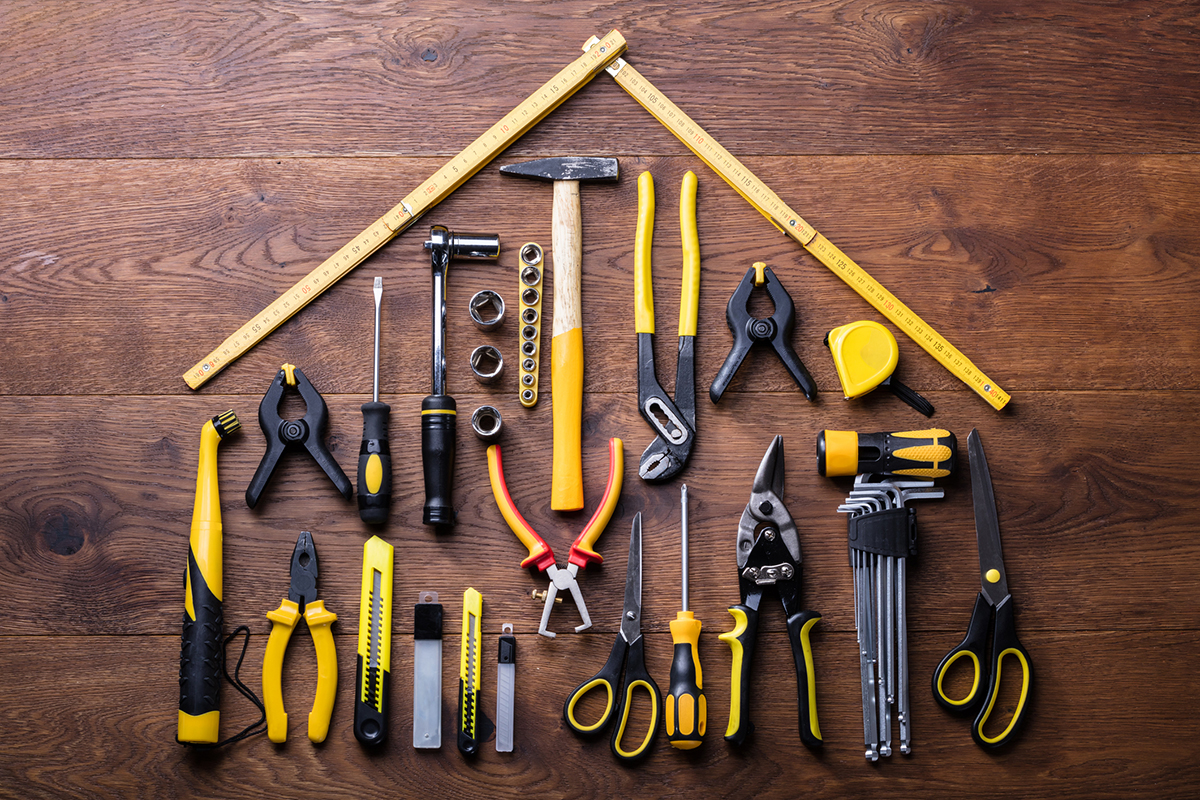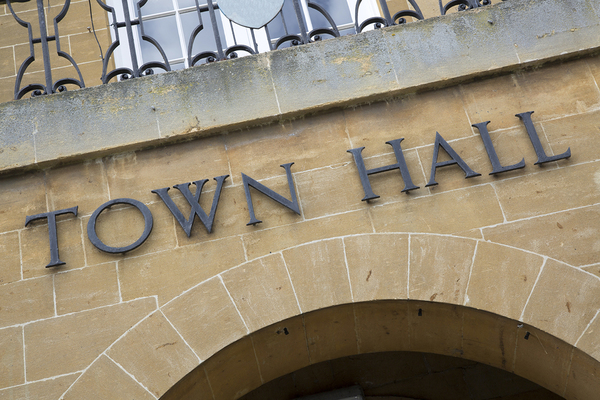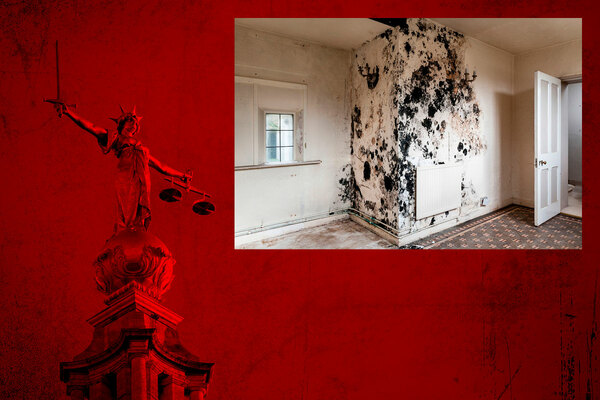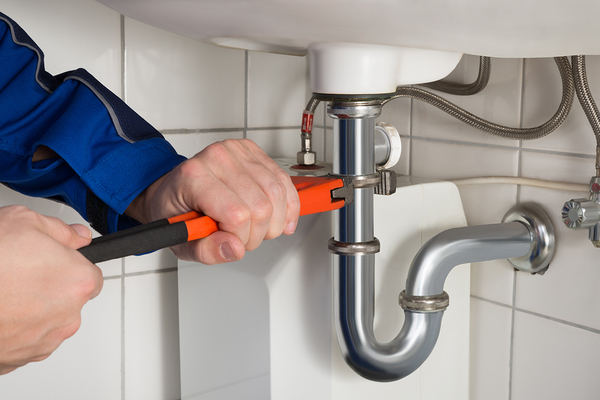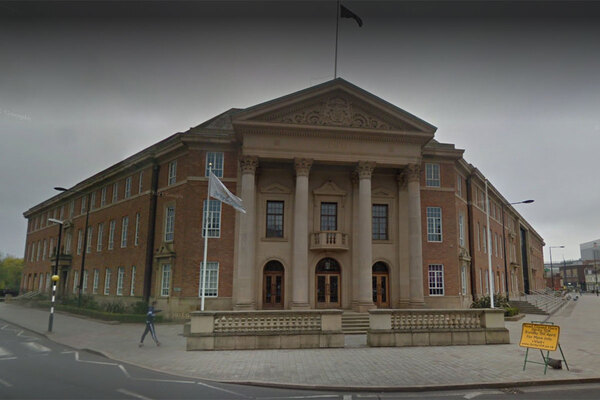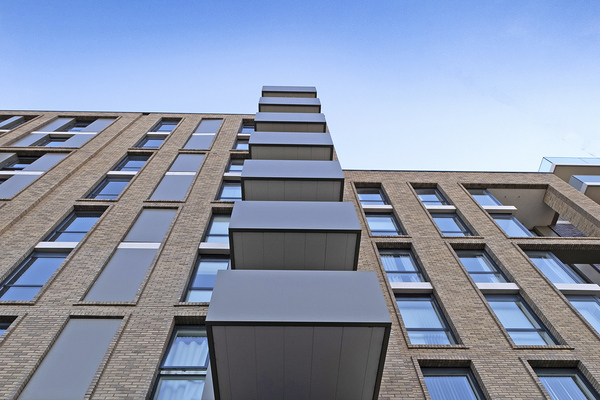You are viewing 1 of your 1 free articles
Why it’s time to consider a Decent Homes Standard version two
Following the Social Housing Green Paper’s recognition of a need to rebuild trust it is time for a thorough review of the Decent Homes Standard, argues John Kiely
The Social Housing Green Paper asked: “Are there any changes to what constitutes a decent home that we should consider?” Our answer to this is simple: yes.
We set out our reasoning in full in our recent green paper response to the government, based on our long experience of supporting social housing providers to continually and cost-effectively improve their housing and asset management. What did we say and why?
The Decent Homes Standard was introduced by the then-government in 2000.
It aimed to tackle the poor quality and disrepair of around two million social and some private homes in England. It helped improve the homes and lives of hundreds of thousands of people.
But, as part of the recognition in the green paper of the need to rebuild trust with communities and improve housing safety, we feel it is time for a comprehensive review.
We believe the following points should be considered:
- The Decent Homes Standard should be updated and simplified. It consists of four key areas: thermal comfort, modern facilities, component renewals and health & safety. These areas were relevant when originally written, but now fail to fully address the issues housing providers face.
At present one component part of the Decent Homes Standard can be missed out and a property will still be deemed to be compliant with the policy.
In our view this is no longer appropriate – and the best-performing landlords bear this out
- Thermal performance must be more effectively incorporated. Fuel poverty has a major impact on residents, yet is given no emphasis in the Decent Homes Standard. The government’s ‘Clean Growth Strategy’ anticipates that all fuel-poor homes will be upgraded to Energy Performance Certificate Band C by 2030. An updated Decent Homes Standard should be an integral part of delivering this aim
- Clarity is needed on component lifecycles. The ‘modern facilities’ and ‘component renewals’ sections are confusing – especially around component life cycles. The two sections should be merged and component lifecycles aligned
- New health and safety regulations are likely to emerge as a result of the Homes (Fitness for Human Habitation) Bill that is currently being debated in parliament. The standard will need to comply with these new rules, with the additional costs assessed and a programme to achieve compliance agreed
“One component part of the standard can be missed out and a property will still be deemed to be compliant with the policy… this is no longer appropriate.”
An updated Decent Homes Standard should also explore inclusion of the following elements:
- The security and safety of the environment on estates. Evidence from tenant consultations suggests that there should be a much greater focus on the estate environment – as is already the case in the Welsh Housing Quality Standard. The Grenfell Inquiry is already casting light on weaknesses in this area and policymakers should respond accordingly
- Work to introduce an updated Decent Homes Standard should also explore scope for providing connectivity to ensure the digital inclusion of residents now and into the future
There is a final related point – although not necessarily under the Decent Homes Standard – concerning the need to have greater control of quality onsite.
The roles of employer’s agent and clerk of works can bring real value to monitoring quality and delivery of building works – they should be reprised.
The Social Housing Green Paper also requested views on whether private sector housing safety measures should be extended to social housing, and what support is needed for residents to make homes safe.
“The roles of employer’s agent and clerk of works can bring real value to monitoring quality.”
On the first point, we believe that there should be common standards for all homes on safety. Housing associations (and increasingly some local authorities) now provide homes across many tenures.
Most already provide smoke and CO alarms where needed, and undertake electrical safety inspections at least every five years.
Our clients want to continue growing their range of housing provision to reflect local housing needs.
To support this aim, there is a strong case to ensure safety regulations are as clear and straightforward as possible.
On the second point of further measures needed for residents to make homes safe, we believe the following should be considered:
- Publication of certificates of compliance, displayed on the actual properties concerned
- Introduction and regular maintenance of an ‘owner’s handbook’, highlighting safety features. This would ensure residents have easy access to safety information
- Third-party support to challenge landlords where necessary via tenant involvement agencies and/or a national tenants’ voice organisation
- Insistence that landlords take independent third-party advice to provide assurance of compliance with health and safety regulations
Ensuring the provision of safe, comfortable housing is at the heart of the mission of every social landlord in the country.
The Social Housing Green Paper presents an important opportunity to ensure social homes are fit for today and generations to come.
John Kiely, director of housing and public sector, Savills
